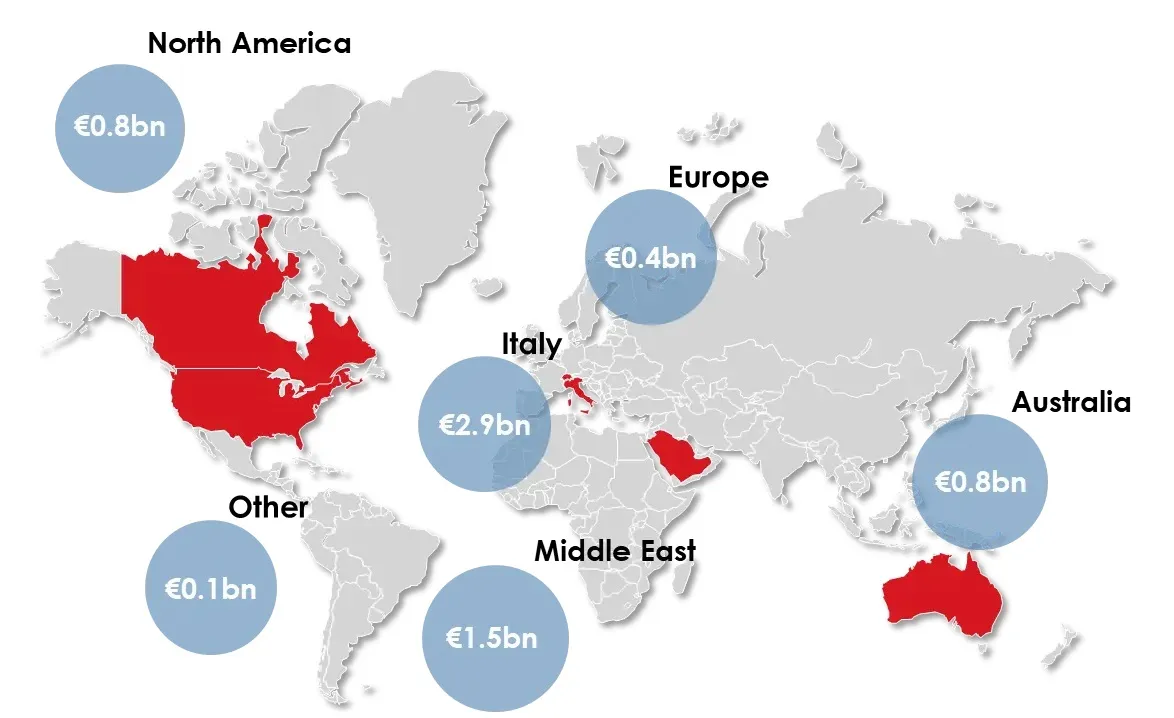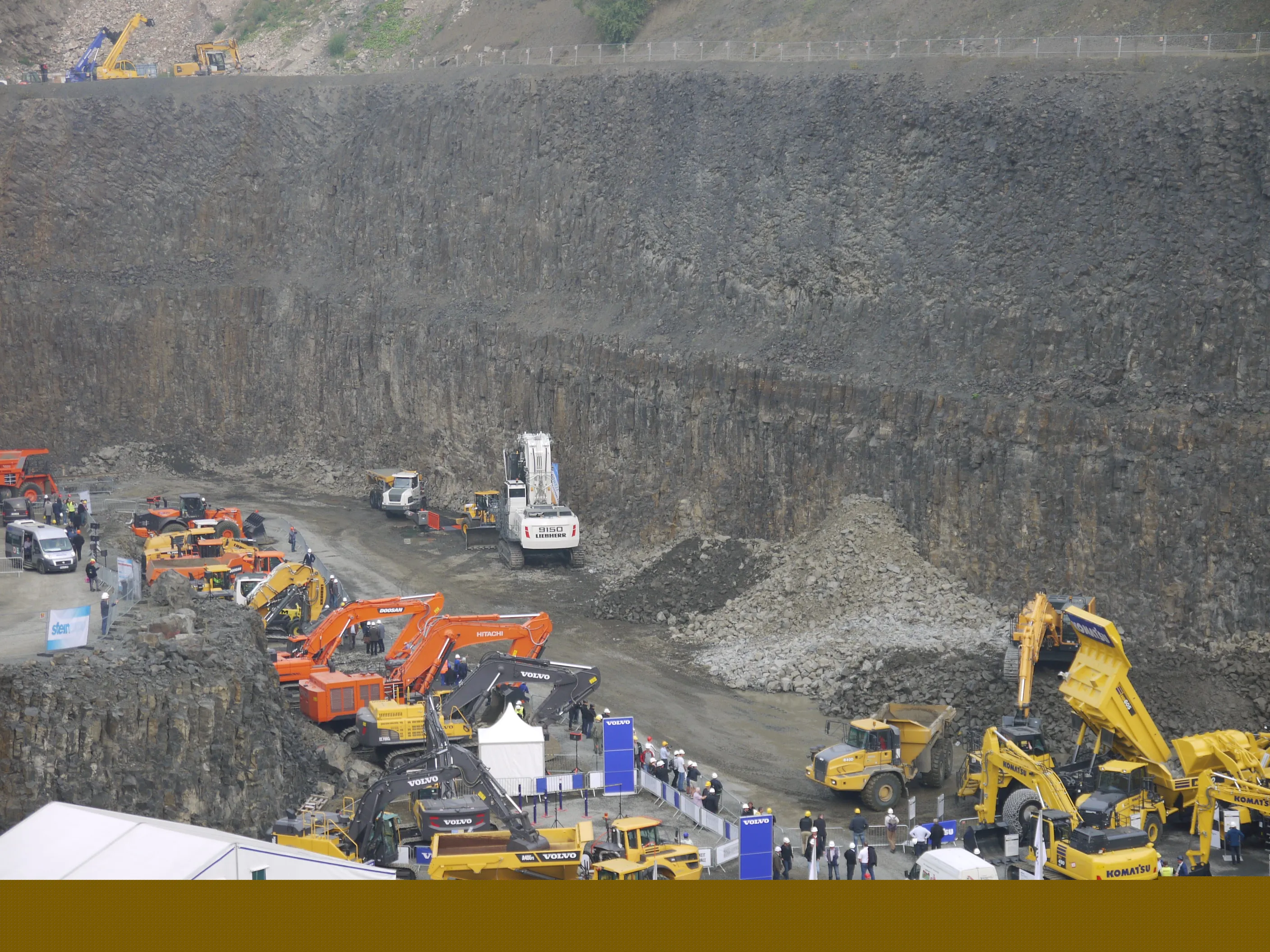The market for exports of US-made construction
machinery closed out 2010 with a gain of more than 28% compared to the
previous year, for a total of $16.4 billion dollars’ worth of equipment
sold worldwide, according to the
The AEM North American-based international trade group consolidates US Commerce Department data with other sources into a quarterly export trends report.
"Global trade is extremely important to our industry and export sales continue to sustain many companies as we still face a fragile domestic upturn," stated AEM senior vice president Al Cervero.
"While these numbers are positive we have to remember they follow a 2009 decline of more than 38%.
"It's important to pass the pending free-trade agreements with Colombia, Korea and Panama to help manufacturers create more US jobs by selling their products to international buyers."
Export business to Europe gained 23% for a total US$1.88 billion, and exports to Asia grew 10%, totalling $2.2 billion.
Construction machinery exports to South America increased 31% in 2010 for a total $3.1 billion; and exports to Central America came in at $1.6 billion, a 24% increase.
The largest gain was to Australia/Oceania with a 66% increase for a total $1.6 billion.
The only decline was to Africa with a 5% drop for $934 million worth of purchases. Construction machinery exports to Canada gained 39% and totalled $5.1 billion.
The top countries buying the most US-made construction machinery in 2010 were Canada ($5.1 billion); Australia ($1.5 billion, up 62%),; Mexico ($1.2 billion, up 25%); Chile ($920 million, up 21%); Brazil ($758 million, up 48%); Colombia ($588 million, up 50%); China ($499 million, up 2%); Peru ($437 million, up 37%); Belgium ($399 million, up 11%); South Africa ($396 million, up 12%); Russia ($333 million, up 60%); Singapore ($299 million, up 40%); Saudi Arabia ($227 million, down 4%); Arab Emirates ($197 million, up 38%), and Germany ($197 million, up 34%).









